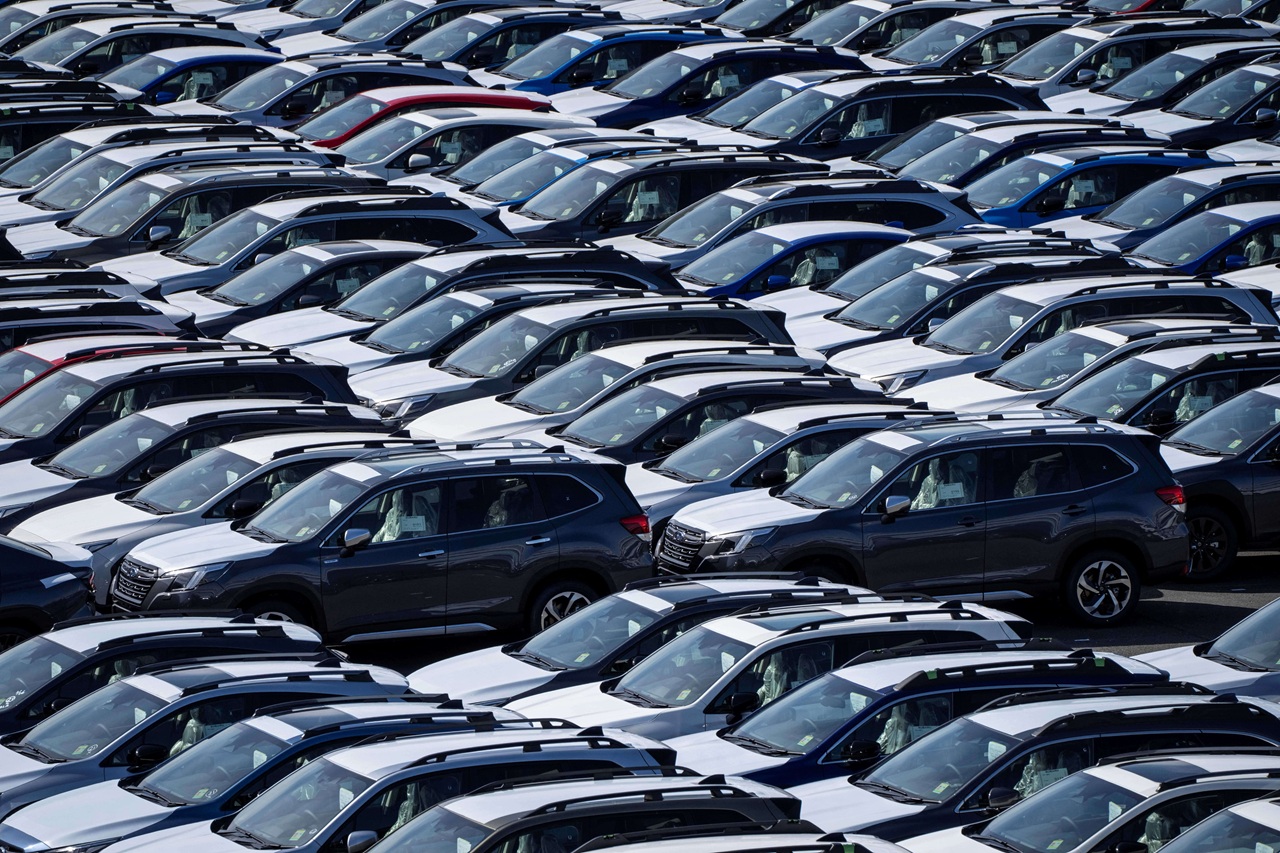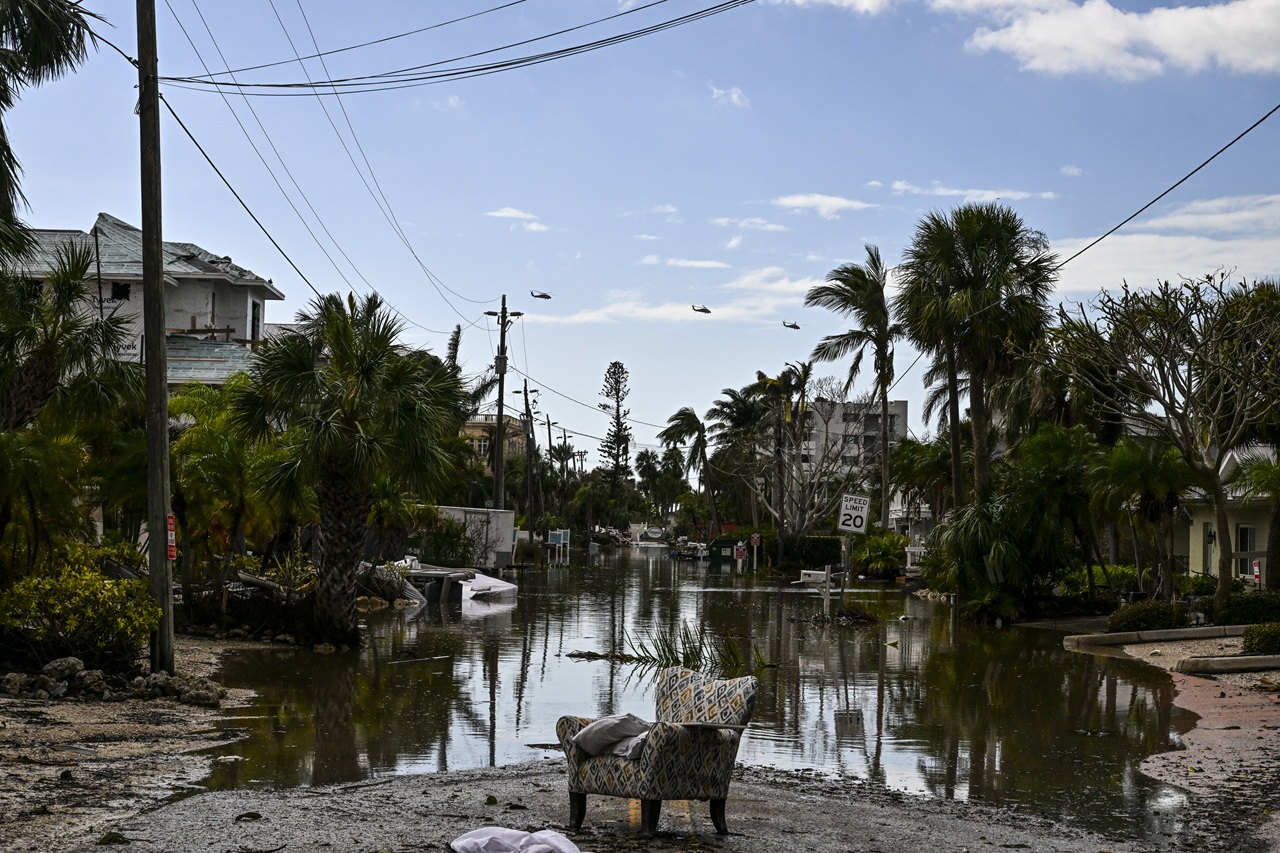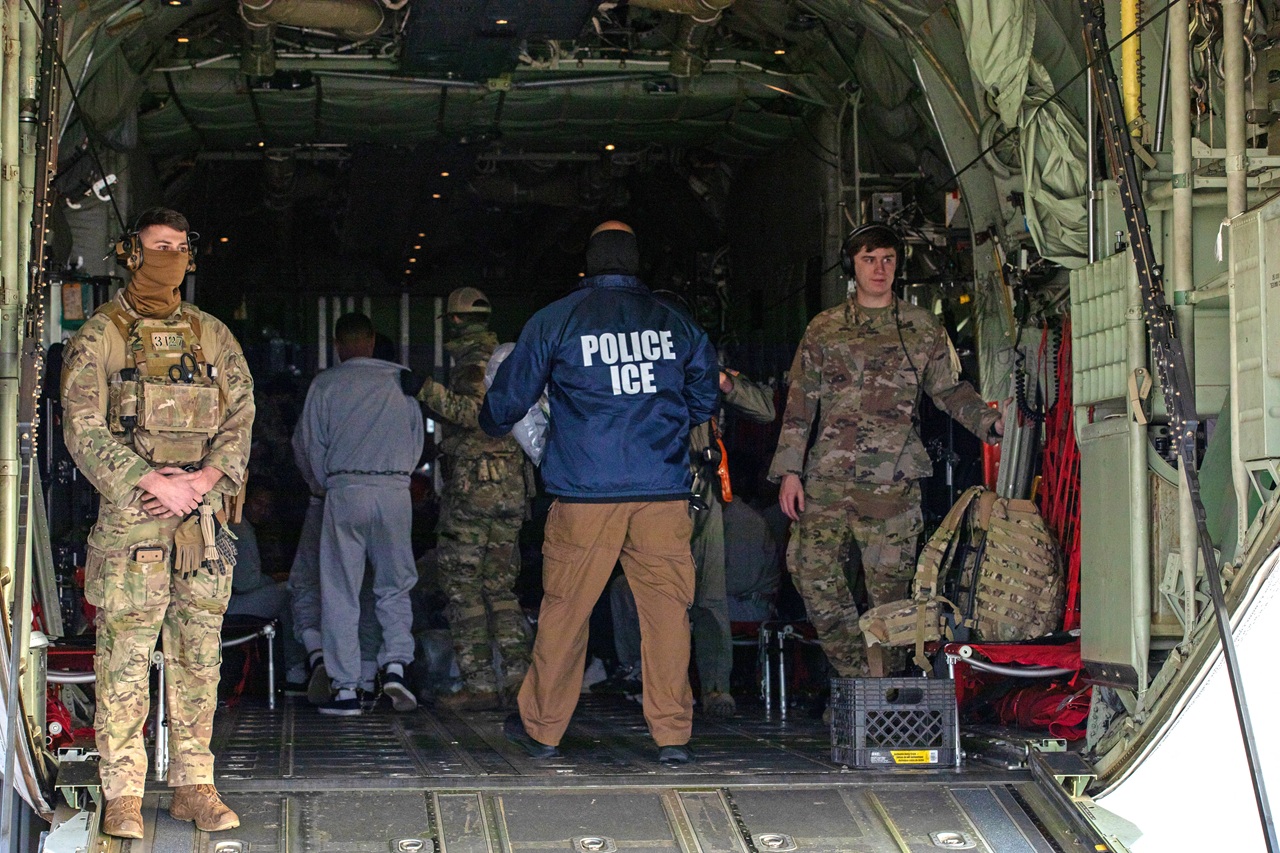
Trump Blames Border on Opioid Epidemic
Faced with the need to declare a public health emergency due to the opioid epidemic, the US president again makes mistakes and attributes to drug traffickers…
It’s not surprising that the American president went back to look for someone to blame outside for what happens on the inside.
This time, and during a speech expected to know how the government will address a major health crisis in American society, the president again blamed the "south of the border" for the epidemic of opioids suffered by North America since 2010.
"90% of the drugs that enter the country do it across the border," said the president. "For that, we will build our wall."
Was Donald Trump confusing drug trafficking with addiction to prescription drugs?
That seemed to be the case.
For the sake of clarity, it is best to explain exactly what this epidemic is about.
The so-called Opioid Crisis is a social and health phenomenon characterized by the rapid increase in the consumption of opioid drugs in the United States and Canada and was reported for the first time in 2010, date from which the figures have just kept growing.
Opioids are a range of moderately strong analgesics, frequently used for the treatment of cancer patients and other chronic conditions. In the US market they are known by the name of OxyContin, Percocet, Vicodin or Fentanyl, the latter being frequently synthesized to produce morphine and heroin.
According to figures from the Drug Enforcement Administration, deaths from opioid overdose - which decrease the respiratory frequency and often cause respiratory arrest - have reached "critical levels ", which lead to the declaration of an epidemic.
Between 1999 and 2008, death rates, sales and abuse of substances reported by treatment centers, increased significantly, and by 2015 the death rate for heroin overdoses exceeded death rates from traffic accidents and firearms.
Since then, death by opioid abuse has become the most important cause in Americans younger than 50 years old.
According to a Vox report in July this year, opioid intoxication overdose would have killed more Americans during 2016 than the Vietnam and Iraq wars combined.
Quoting a New York Times analysis, with data from the Centers for Disease Control and Prevention, the media estimated that between 59,000 and 65,000 people would have died from an overdose in 2016, compared to 58,200 soldiers killed in Vietnam between 1955 and 1974 and the 4,500 who died in the Iraq war since 2003, summing up only 62,700 people.
This would imply that every ten minutes, an American dies of an overdose.
The so-called Opioid Crisis began with excess prescriptions of strong analgesics during the 1990s. Since then, rates of chronic pain-related illnesses have not increased significantly, leading to the assumption that consumption is not directly related to the development of a disease in the population.
In 2016 alone, more than 289 million prescriptions were issued for opioids, often used for "chronic pain" cases, which affected an average of 100 million US citizens.
This exaggerated demand allowed pharmacological companies and the federal government to expand the use of opioid painkillers and to take advantage of a market that had been transformed into a gold mine.
Between Vicodin, Oxycontin, and Percocet, the US drug industry has pocketed about $ 11 billion, only in 2010, according to a Fortune analysis. To calculate the increase of its profits with the increase of the consumption is basic math.
Industry giants such as Abbott Labs, Novartis, Johnson & Johnson, and Pfizer have not only found a way to cope with the pain of diseases such as cancer, but they have also sparked a national epidemic, which is justified by their "honorable" contributions to national politics.
According to a report in the Guardian newspaper last October 19, drug dealers have contributed for years to political platforms, even more than any other industry. According to the media, "these companies have emptied about $ 2.5 billion in political lobbying and funding for members of Congress over the last decade."
And to give an example: President Trump's nominee to face the war on drugs, Congressman Tom Marino, had to withdraw from the nomination for a Washington Post report that demonstrated his participation in the pursuit of a legislation that hampered the DEA's ability to attack the irresponsible distribution of opioid analgesics by pharmacists.
RELATED CONTENT
In a country where health programs are threatened by political competition - and where pharmaceuticals put the price on the most addictive products – it’s not surprising that the rates of illegal consumption of opioid drugs would also increase.
As the report of The Economist explains, as the price of painkillers increases and their distribution is hampered, the vulnerable population uses heroin more often, which "is cheaper and more abundant."
In 2014, according to the report, more Americans sought treatment for heroin addiction than any other drug. In 2015, opioid deaths increased by 15% while deaths directly related to heroin increased by 23%.

But this is also an alternative source of income for the pharmacological industry. The most frequent treatment for opioid addiction is naloxone, a drug that reverses the effects of heroin, and has been since 2014 the new golden goose for the pharmacological giant Kaléo.
A prescription dose of naloxone can cost around $ 30, which is a fortune for most addicts and makes them harder to battle their condition.
According to the Centers for Disease Control and Prevention, between 2000 and 2015, deaths from heroin overdoses have reached a figure of up to 400,000 people, but deaths from abuse of opioid analgesics were almost triple.
Likewise, according to the report, the most susceptible population is white non-Hispanic men.

These data deny the stigmatization and direct relationship of drugs with the border or with the immigrant and the stereotype of the "trafficker" and suggest that the approach to the crisis must be from the source itself.
The Trump Administration has authorized the declaration of a 90-day public health emergency under the Public Health Services Act, which would involve an increase in the flow of money from federal agencies to "avoid bureaucratic delays and inefficiencies in the hiring process" CNN explained.
The president said during his speech on Thursday that, "we will be the generation that put an end to the opioid epidemic."
But with the cuts to public programs - contemplated in the Republican budget - and an irresolution of the replacement to Obamacare, an increase in the flow of money without a clear objective with respect to the strategies of treatment and social reintegration would mean that this epidemic seems to have come to stay.











LEAVE A COMMENT: